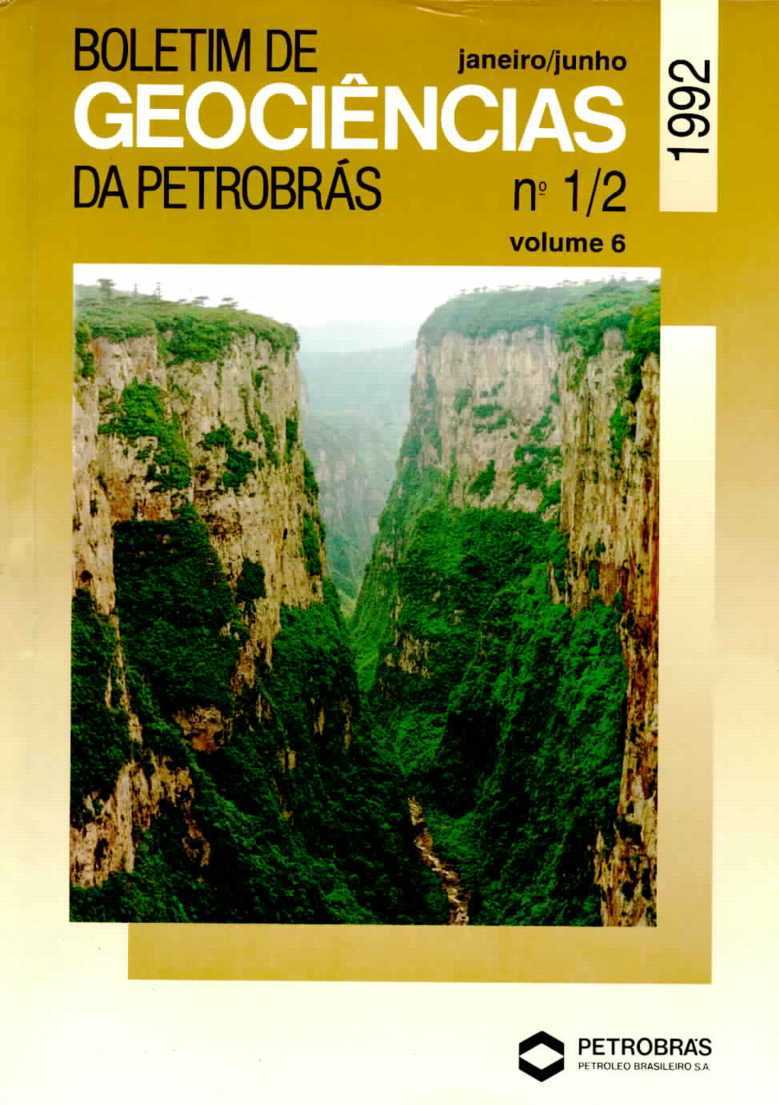Shalldw ano deep lacustrine turbidites from the rift phase of brazilian marginal basins
Abstract
Evolution of the rift phase of Brazilian marginal basins displays a deep lacustrine stage, where gravitational flows predominated. This was followed by a shallow deltaic-lacustrine stage, where the presence of sigmoidal lobes or turbidites is recorded. Some studies in the Recôncavo (northeastern flank) and Potiguar (Upanema field) basins have identified the latter fades as of deep origin. The turbidites of both stages are represented by massive to graded amalgamated sandstones and by sandy-clayey rhythmites displaying graded bedding or Bouma sequences Tac to Tce. Sequential organization and facies association distinguish the two contexts. The deep lacustrine turbidites display block-shaped gamma-ray logs, whereas the shallow lacustrine turbidites are part of cyclical successions that coarsen and then fine upward and may be associated with tractional structures or structures reworked by waves. In terms of reservoir potential, since the deep lacustrine turbidites are older and subject to severe diagenesis (strong compaction and cementation), they generally display low porosity. The shallow lacustrine turbidites display a lobed geometry, like sigmoidal lobes, and constitute good reservoirs due to their incipient diagenesis, probably control/ed by the depositional environment.
Downloads
Published
Issue
Section
License
This license enables reusers to distribute, remix, adapt, and build upon the material in any medium or format, so long as attribution is given to the creator. The license allows for commercial use.



